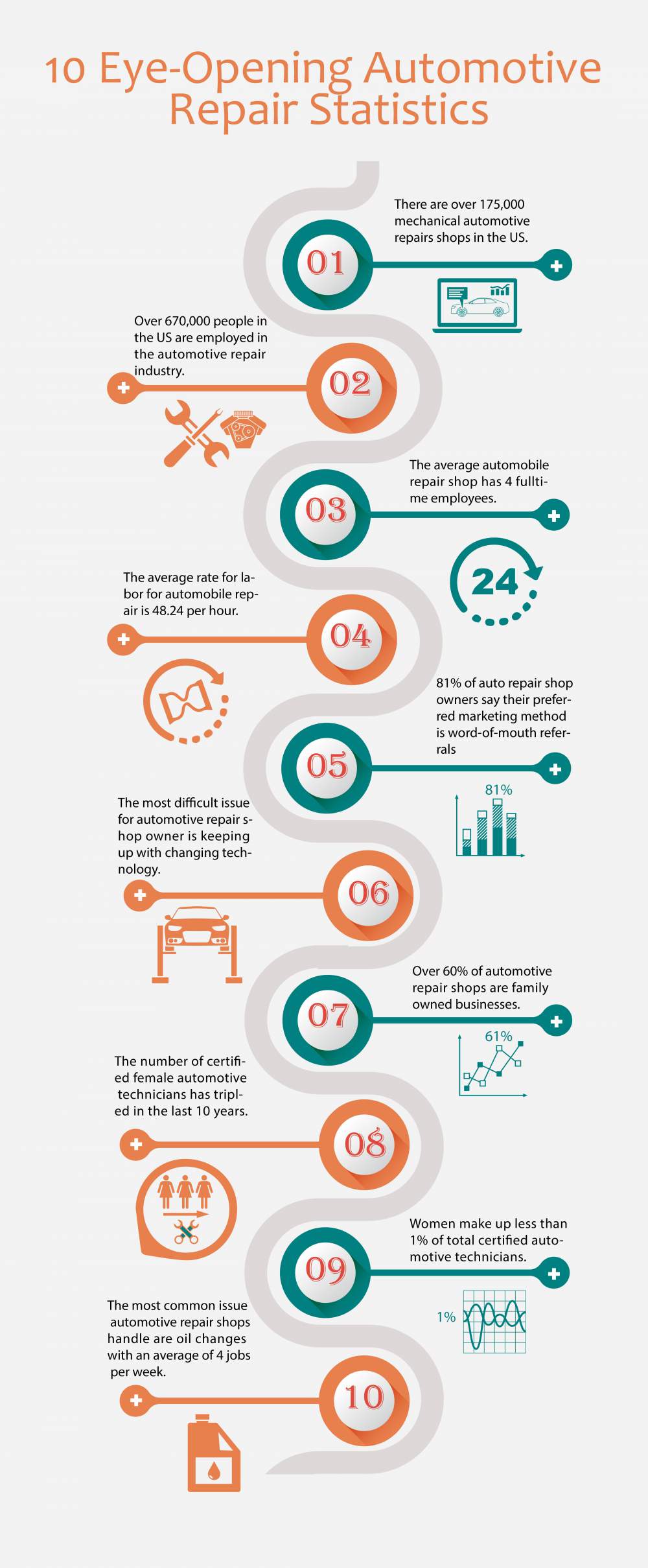Eager To Understand What The Dashboard Caution Lights In Your Automobile Signify? Explore Their Meanings For The Health And Safety And Security Of Your Car
Eager To Understand What The Dashboard Caution Lights In Your Automobile Signify? Explore Their Meanings For The Health And Safety And Security Of Your Car
Blog Article
Material Author-Vinson Gilbert
When you lag the wheel, those radiant warning lights on your dashboard can be a bit bewildering. Do you recognize what they're trying to inform you about your car's health? Recognizing the significance of these lights is vital for your safety and security and the durability of your lorry. So, the next time one of those lights appears, would not you intend to decipher its message accurately and take the needed steps to resolve it?
Common Caution Lights and Interpretations
Determine typical warning lights in your car and understand their meanings to ensure risk-free driving.
The most regular caution lights include the check engine light, which signifies issues with the engine or exhausts system. If this light begins, it's crucial to have your automobile inspected without delay.
The oil stress alerting light shows reduced oil stress, requiring immediate interest to stop engine damages.
A blinking battery light could recommend a defective charging system, potentially leaving you stranded otherwise addressed.
The tire pressure monitoring system (TPMS) light alerts you to reduced tire pressure, affecting vehicle security and fuel efficiency. Disregarding this can bring about risky driving conditions.
The abdominal muscle light shows a problem with the anti-lock stopping system, compromising your capacity to stop rapidly in emergencies.
Lastly, the coolant temperature advising light warns of engine getting too hot, which can result in serious damage otherwise solved promptly.
Recognizing these typical caution lights will help you deal with problems immediately and maintain risk-free driving conditions.
Importance of Prompt Interest
Recognizing the usual caution lights in your vehicle is only the initial step; the importance of promptly dealing with these warnings can not be emphasized enough to guarantee your safety on the road.
When a caution light illuminates on your dashboard, it's your automobile's means of interacting a potential problem that requires interest. Ignoring these cautions can cause much more serious issues later on, endangering your safety and possibly costing you extra out of commission.
Prompt attention to warning lights can protect against break downs and accidents. For example, a blinking check engine light could suggest a misfire that, if left unattended, can trigger damage to the catalytic converter. Addressing https://codyqkeys.bloginder.com/31827238/expert-point-of-views-trick-practices-from-a-skilled-auto-detailer can conserve you from a costly fixing.
Similarly, https://www.cbs17.com/automotive/spend-less-at-the-pump-with-these-fuel-saving-tips/ cautioning light could signal reduced brake fluid or worn brake pads, vital parts for your safety and security when driving.
Do It Yourself Troubleshooting Tips
If you discover a warning light on your dashboard, there are a couple of DIY repairing ideas you can attempt before seeking specialist assistance.
The primary step is to consult your cars and truck's handbook to understand what the particular warning light indicates. Sometimes the problem can be as basic as a loose gas cap causing the check engine light. Tightening up the gas cap might settle the issue.
An additional common issue is a reduced battery, which can cause numerous advising lights. Examining the battery links for deterioration and guaranteeing they're safe and secure may deal with the issue.
If a caution light persists, you can attempt resetting it by separating the auto's battery for a few mins and then reconnecting it. In addition, examining your car's liquid levels, such as oil, coolant, and brake fluid, can assist troubleshoot cautioning lights related to these systems.
Conclusion
To conclude, recognizing your vehicle's caution lights is crucial for keeping your car running efficiently and securely. By promptly dealing with these alerts and understanding what they suggest, you can prevent pricey fixings and possible malfunctions.
Remember to consult your car's handbook for specific details on each cautioning light and take action accordingly to make sure a trouble-free driving experience.
Remain educated, stay safe when driving!
